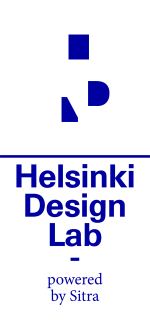Brickstarter
-
Brickstarter was an exploration of a 21st century social service offering a new model for how we make shared decisions about shared spaces. It tested the exciting potential of crowdfunding and crowdsourcing against the practical realities of debating, governing, investing in, and ultimately delivering the built environment.
This service doesn’t exist yet, though we purposefully talk about it as if it does. We’ve designed a prototype as a way to articulate the larger themes that Brickstarter engages. Our thinking up to this point is captured in the Brickstarter book, including essays, interviews, photos and a manual explaining the prototype. It is our hope that by sharing this research under a Creative Commons license you might take the ideas and make them your own.
-
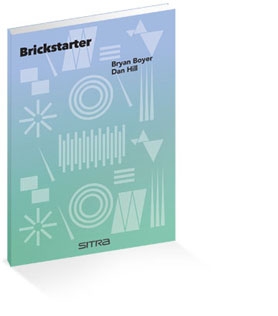
80 pages of research, interviews, design probes and more. Download as free PDF or buy a printed copy for $24.00.
-
Project details
-
Partners
Although this project was conducted without official partners, we are grateful for the involvement of all the groups who took time to share their experiences with us. For a full list see the colophon of the Brickstarter book.
-
Sitra/HDL's role
We initiated this project and was solely responsible for its execution. The concept, research, and design work was all conducted in-house.
-
What's happening now?
By publishing the Brickstarter book (above) we are opening this work to the world to carry forward. We have also been advising Oxford Research and the city of Kotka as they conduct an experiment based on some of the Brickstarter ideas.
-
Why Brickstarter?
-
Brickstarter recognizes that the built environment entails such cost, lengthy timelines, and potential divisiveness that the ways we make choices about what to build (or not) and where (or where not) are a special class of decisions that require their own specific tools.Brickstarter involves the use of technology, but not exclusively. It also asks us to reconsider the roles and approaches of the public sector, of communities, and of individuals. Taken as a whole, Brickstarter implies an online platform that unlocks new interactions between all those who have a stake in how the city develops.
Brickstarter takes advantage of social media and mobile apps in order to address the disconnect between individuals, communities, and institutions by describing a more articulate, more responsive, and more representative platform for citizens and institutions to work together.
Brickstarter reverses the polarity from NIMBY to YIMBY (“Yes In My Backyard”), from complain to create, outlining a platform for suggestions, developed and driven by participation of citizens, local business, and government. Brickstarter explores how to make it easier for communities to voice a productive and collective “yes” to their best ideas. Mere ‘consultation’ leads to largely negative engagements, and in the worst cases, active distrust and NIMBYism (“Not In My Back Yard”). Sometimes such frustrations can result in attempts to side step or halt institutional developments.
-
Brickstarter sits between bottom-up and top-down, connecting the needs and desires of the community with the resources and representation of institutions. Brickstarter has a user-centred perspective, working with communities and government to help smooth institutional processes and permits, and to prototype participative governance. Citizens are now more eager than ever to play a part in local decision-making. Promising initiatives are popping up around the world, each exploring the potential of crowdsourced or crowdfunded approaches to shared spaces, services and public infrastructure. Yet bottom-up is only half the story.
Brickstarter enables everyday people, using everyday technology and culture, to articulate and progress sustainable ideas for their community.
-
Exhibition in the Istanbul Design Biennial 2012, October 13-December 12th
-
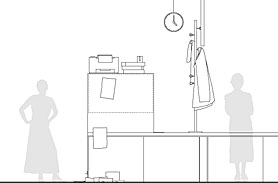
Brickstarter was included in the Adhocracy portion of the Istanbul Design Biennial 2012. In addition to the four posters reproduced below, we created an installation mimicking the desk of a bureaucrat in an anonymous Finnish city. A steady stream of citizen complaints, queries, and suggestions were printed on a desktop printer. Exhibition guests were invited to help file them properly.
-
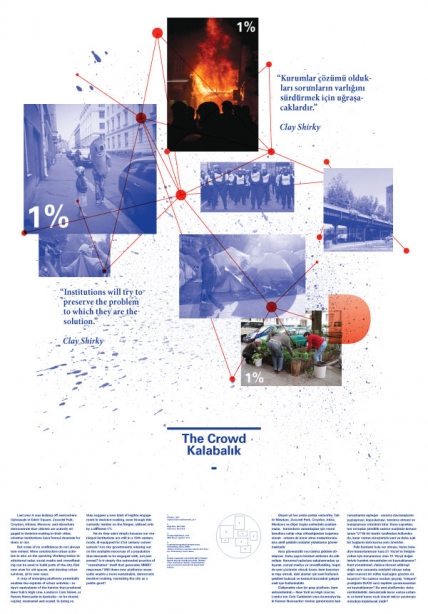
Last year it was kicking off everywhere. Upheavals in Tahrir Square, Zuccotti Park... Read more
-
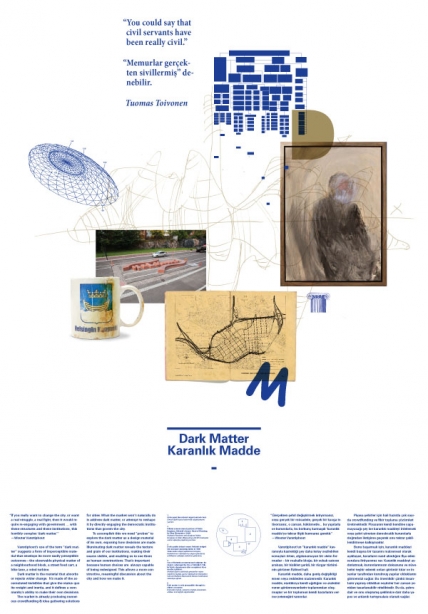
The term “dark matter” suggests a form of imperceptible material that envelops its more easily perceptible outcomes... Read more
-

Provocation III: Design Probes
Brickstarter looks like a prototype of a crowdfunding website, but is really an exercise in navigating back and forth between matter and dark matter... Read more
-
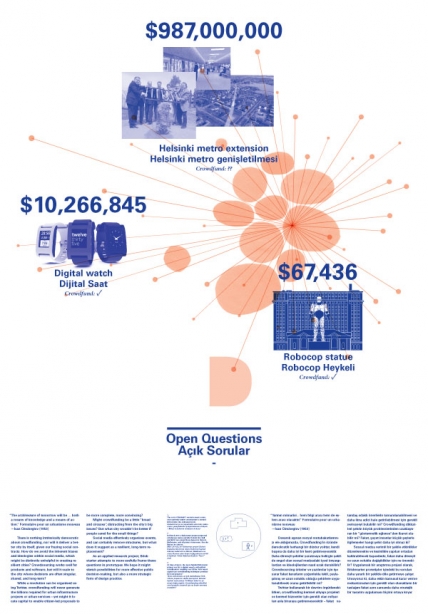
Provocation IV: Open Questions
There is nothing intrinsically democratic about crowdfunding, nor will it deliver a better city by itself, given our fraying social contracts... Read more
-
More resources
-
This website includes numerous blog posts that discuss the conceptualization and development of Brickstarter.
-
The Brickstarter project blog is the best place to find more information about the project. The introduction and background posts are good places to start.
-
If you want to dig into the code, you can download a rough clickable mockup of a portion of Brickstarter as a package (of HTML, CSS, and Javascript). Fair warning: it may not work consistently on all browsers. It may not work at all! That being said, Safari should yield fairly consistent performance.
-

